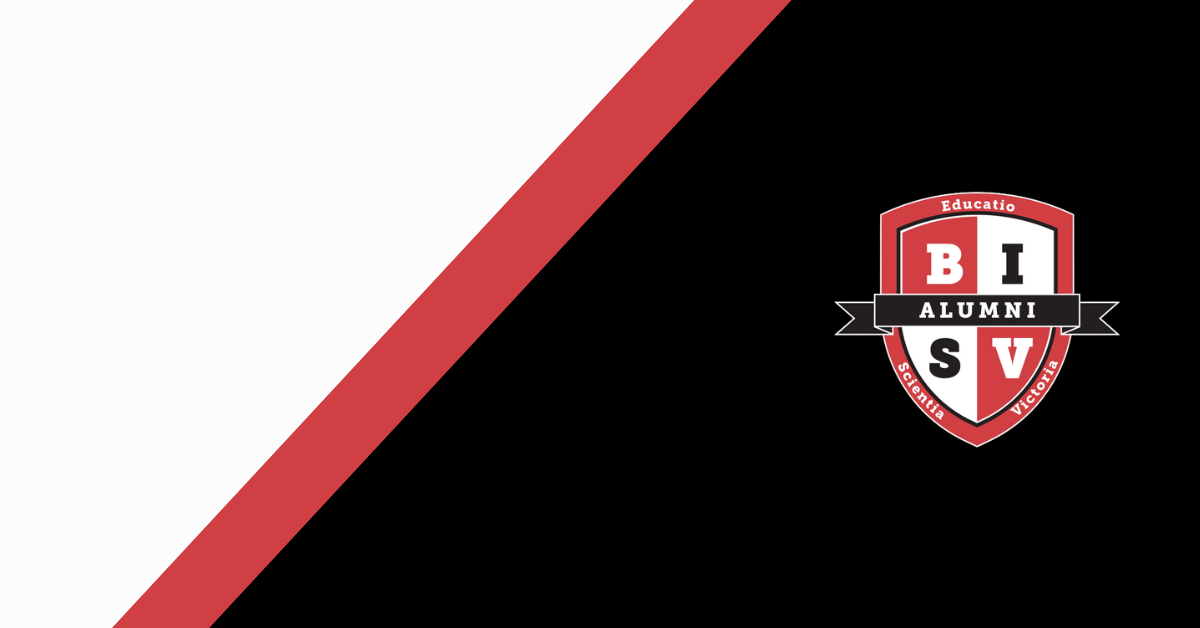June 11, 2024
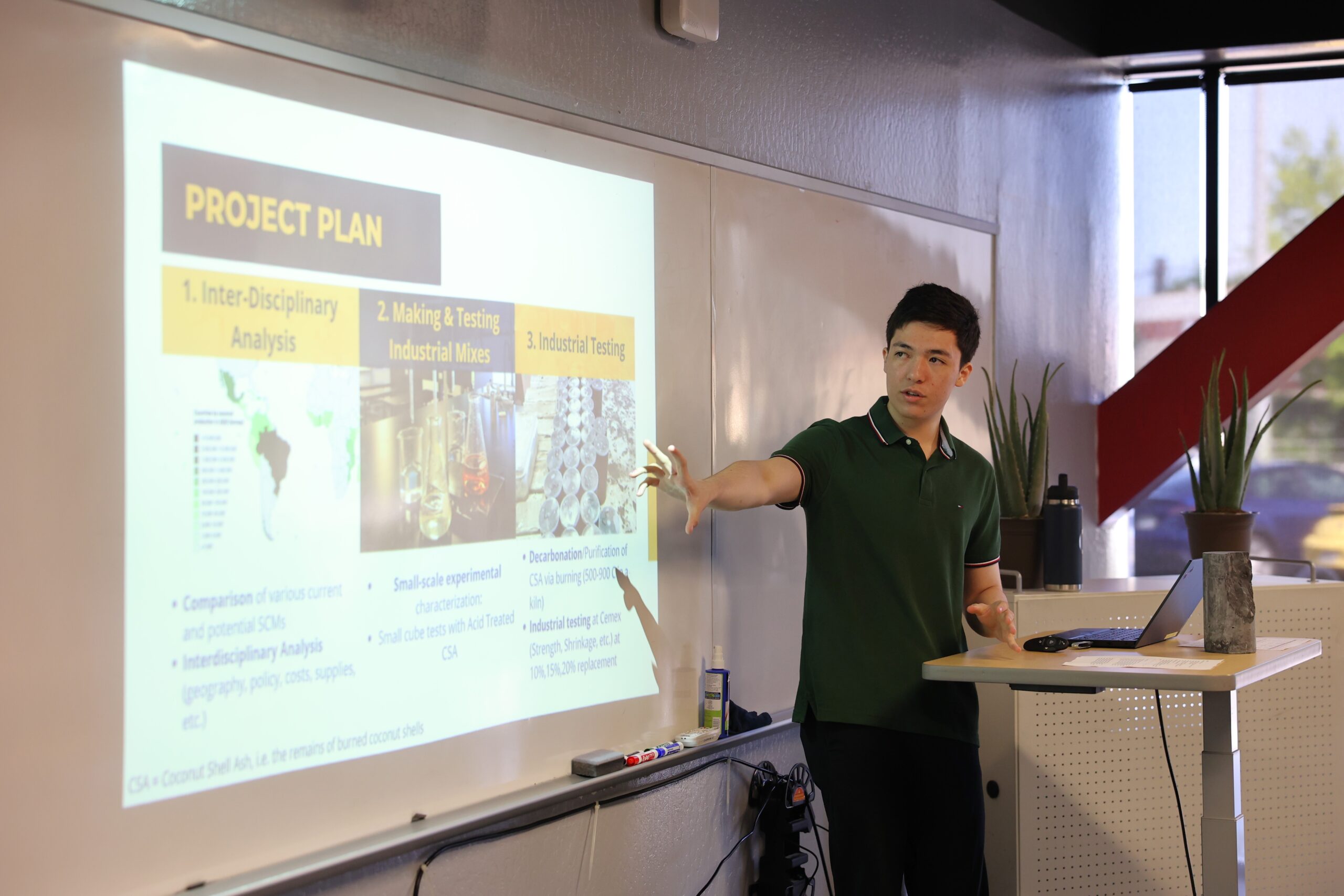
The Senior Project, the pinnacle of the BASIS Curriculum, is a prestigious program where students undertake an off-campus research project or internship of their choice during the final trimester of their senior year.
Each senior selects a BASIS Independent Schools faculty member as an advisor and collaborates with an external mentor at their research site. They develop comprehensive project plans, compile bibliographies of resources, and create personal syllabi, all of which must be approved by a committee of teachers and administrators.
At the end of the trimester, students return to campus to present their findings to peers, staff, and parents. To stay engaged with the school community during their time in the field, students blog about their experiences throughout the project.
To explore a sample of this year’s STEM Senior Projects and to access a link to their blogs, keep reading below.
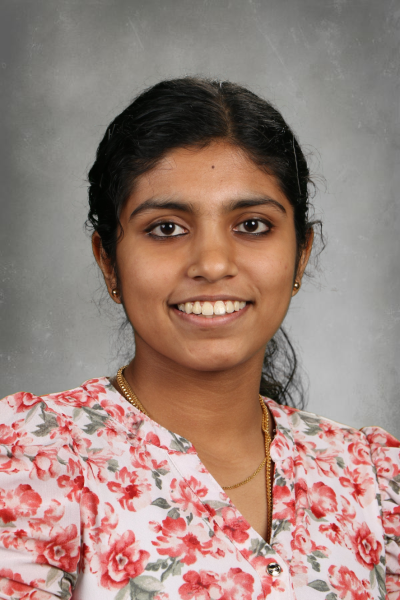
AKSHAYA A.
PROJECT TITLE: A Combination Therapy for Non-Small Cell Lung Cancer
PROJECT LOCATION: BioCurious
ABSTRACT: Lung cancer is the leading cause of cancer-related deaths in the United States, with a mortality rate of 51.6 per 100,000 for men and 34.4 per 100,000 for women. Out of these, about 85% of cases are non-small cell lung cancer, a more common and less aggressive type. Yet, treatments for lung cancer are not extremely effective in combating the lung cancer cells. This project focuses on immunotherapy, a type of treatment used for cancers that essentially activates T-cells to attack cancer cells. With my project, I hope to find a novel potential treatment for non-small cell lung cancer that is also cheaper for people to use. This experiment can help increase the effectiveness of immunotherapy treatment in lung cancer by combining two natural compounds, curcumin and quercetin, that have been known for their immune modulatory effects. This project employs a proliferation assay, called the alamar blue or resazurin assay, in order to take the data measurements – which measures the metabolic activity by measuring fluorescence. The expectation is that the combination treatment will lead to the best data points, meaning the lowest fluorescence, because it will kill more of the cancer cells. In the future, if the combination therapy works, this could be incredibly important in unlocking new and cost-effective treatments for the disease, although it would require a lot more research. Research for this project is conducted at Biocurious under my onsite mentor, Dr. Ulrike Pflueckhahn, as well as with my remote mentor at Brown University, Dr. John Santiago.
To view Akshaya’s project, click here.
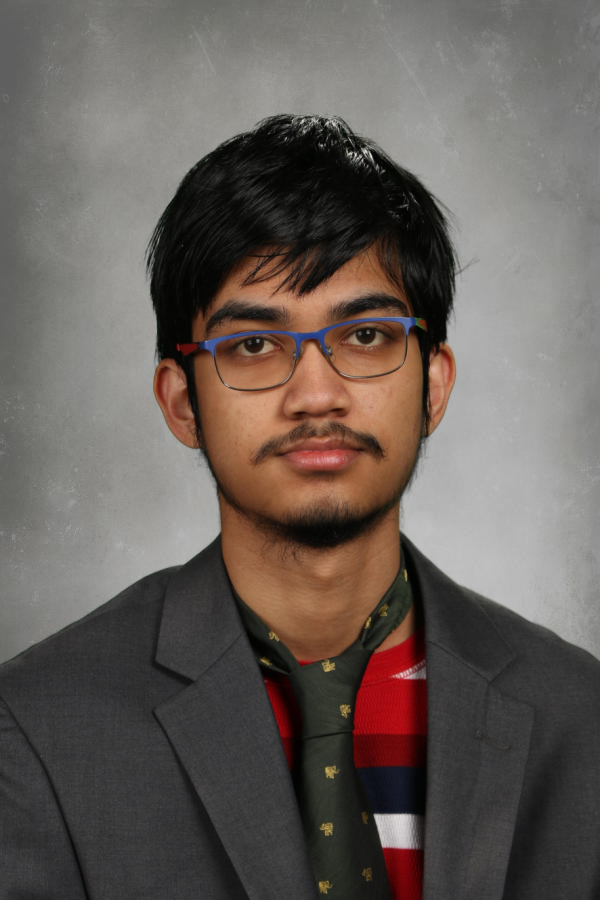
SIDHANT C.
PROJECT TITLE: Analyzing the Action Potentials of a Zebra Finch’s Photon Orbits and the Geometry of Black Holes
PROJECT LOCATION: KU Leuven Institute of Theoretical Physics
ABSTRACT: By using black hole telescopes such as the EHT (Event Horizon Telescopes) on relatively nearby black holes, we are able to extract certain features of objects around the black hole. The “photon ring,” which is really an infinite sequence of self-similar rings of photons getting asymptotically thinner, are formed by the “nearly-bound” geodesic trajectories of photons near the black hole’s bound-orbit radius. The precise shape of these rings as viewed from Earth is determined by the metric of spacetime around the black hole which depends on certain parameters of the black hole such as mass, spin, and charge. With the help of Dr. Mayerson at the KU Leuven Institute of Theoretical Physics, we attempt to use the equations of general relativity to derive, either analytically or computationally, several characteristic quantities of these photon rings (namely, the 3 “critical exponents”) for black holes with different metrics. Not only would deriving the relationship between these critical exponents and the black hole metric provide a very strong technique to very precisely measure the mass, charge, and spin of nearly any black hole, but these expressions would also provide a novel test of general relativity. Despite its great accuracy, general relativity is known to be an incomplete theory: it has several major issues, such as nonphysical singularities and fundamental inconsistencies with the quantized paradigm of quantum mechanics. One of the central flaws is that it implies the no-hair theorem, explained above, which in turn leads to an issue called the black hole information paradox (the lack of “hair,” i.e, extraneous information, in black holes, “destroys” the information of infalling matter, which violates the no-hiding theorem of quantum mechanics). By developing models of black holes that both do and do not obey the no-hair theorem, we would lay down the groundwork for future black hole telescopes (with greater resolution than the EHT currently has) to test the no-hair theorem by testing whether or not the gravitational metric of real black holes perfectly follows the Kerr-Newman paradigm (as expected if general relativity is completely correct), or if it violates that paradigm and perhaps even follows a different proposed metric.
To view Sidhant’s project, click here.
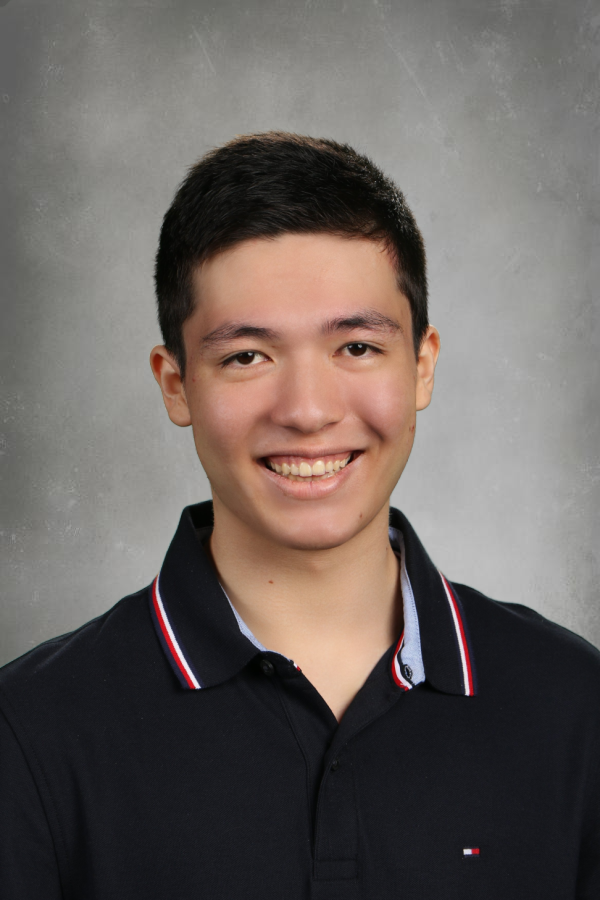
MAX P.
PROJECT TITLE: Industrial Characterization of Coconut Shell Ash’s Viability as a Supplementary Cementitious Material
PROJECT LOCATION: Fortera, Cemex
ABSTRACT: The climate crisis is one of the most pressing global challenges. One large contributor to this problem is the concrete industry, which generates 7-8% of global CO2 emissions (mostly from reactions inherent in cement powder production). Additionally, there is an urgent need for even more sustainable concrete solutions as the developing world
increases in population (projected 2.5 billion people in Africa by 2050). For this reason, this project seeks to test the agricultural waste, Coconut Shell Ash (CSA), as a partial cement replacement (aka Supplementary Cementitious Material; SCM) in concrete. CSA has had relatively little research so far. Especially lacking is characterization of CSA concrete in industry-standard conditions (instead of a lab), so this porject uses Cemex’s industry-standard concrete facility to test the real-world effectiveness of CSA in terms of strength and other parameters. Guidance from advisors Dr. Bozidarevic from BISV and Nick Barnett from Fortera helps diagnose problems in the project and create a better understanding of the concrete industry. The project contextualizes this work by evaluating CSA effectiveness compared to existing waste SCMs such as Coal Fly Ash, Blast Furnace Slag and Rice Husk Ash. Evaluations based on multifactor analysis, including economic, transportation, political and environmental considerations create a holistic view of the current cement replacement industry and CSA’s potential place in it. Potential challenges include weaknesses of the CSA concrete and inconsistent data while researching. Still, a good estimate of the future of concrete will be constructed.
To view Max’s project, click here.

SANSKRITI S.
PROJECT TITLE: A Better Understanding of Water Consumption Using Machine Learning
PROJECT LOCATION: Yale University
ABSTRACT: Freshwater is becoming increasingly scarce due to rapid population growth and recurring water crises, making water conservation a critical issue, even in regions like California, where heavy rainfall has recently occurred. Californians are exploring ways to reduce their water usage after enduring high water bills. This project aims to address this issue by developing an AI/ML model that analyzes continuous water consumption data to identify unique signatures of different water-using activities. The data generated by the model provides detailed insights into water consumption patterns across various household appliances and activities, including showers, dishwashers, and laundry machines. This information allows users to understand the breakdown of their monthly water bills and take steps to reduce their usage, thereby saving money and promoting environmental sustainability. To achieve this, this project implements a combination of supervised and unsupervised learning techniques to ensure seamless integration and effective analysis. The project leverages a variety of machine learning algorithms, including k-means clustering, recurrent neural networks (RNNs), and feedforward neural networks (FNNs), among others, to deliver a comprehensive analysis of water usage patterns. This work, conducted virtually at Yale University under the guidance of Weicheng Dai, is designed to help individuals make informed decisions about water conservation, contributing to a broader effort to manage water resources responsibly.
To view Sanskriti’s project, click here.
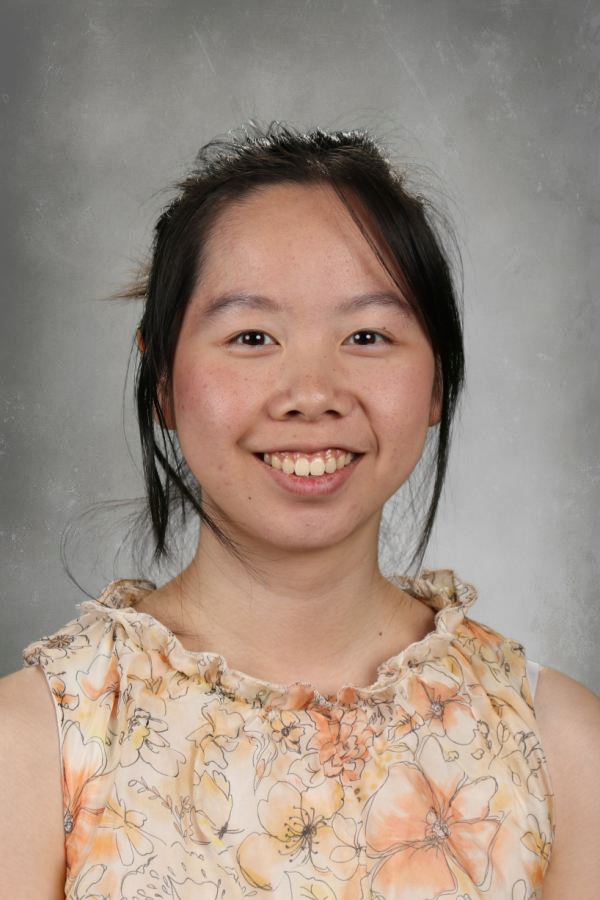
CINDY Z.
PROJECT TITLE: Photogrammetry: Reconstructing 3D Scenes using Bit-sliced Indexing
PROJECT LOCATION: San Jose State University
ABSTRACT: 3D models are used not only as references in animation but also in urban design for observing changes in the integrity of infrastructure and in agriculture to map tillable land. Currently, drones using LIDAR are at the forefront of technology used for generating 3D models. Considering how expensive LIDAR equipment can be, this is not a method readily available to remote places with less funding. A fitting alternative to LIDAR mapping is photogrammetry, a technique for generating point clouds using information from images. Photogrammetry can create dense point clouds using the images taken from the average digital camera mounted on cheap drones. The caveat with using photogrammetry is that it is computationally expensive and can take hours to generate a result. To make photogrammetry applicable to time restricted operations, this project focuses on improving OpenSfM, an open source incremental structure from motion implementation of photogrammetry. By using a bit-sliced indexing based data structure developed by Professor Gheorghi Guzun, the time and space complexity to run OpenSfM can be reduced. Since the most expensive operations are in generating reconstructions that minimize error from discrepancies in different images and in reproducing point clouds from information about the depth of points in the images, this project includes work on not just implementing matrix operations but also adapting the input and output to map correctly to and from bit-sliced indexing. Rather than using the IEEE-754 convention for writing floating point numbers in binary, I quantize the numbers, so there may be a loss in accuracy. The project will test different quantization thresholds to make this method as near lossless as possible.
To view Cindy’s project, click here.
To view our entire collection of 2024 Senior Projects, click here.
BASIS Independent Silicon Valley is a TK – Grade 12 private school, providing students with an internationally benchmarked liberal arts and sciences curriculum, with advanced STEM offerings. Considering joining the Bobcat community? To join our interest list for the next school year and receive admissions updates and more, please click here.

